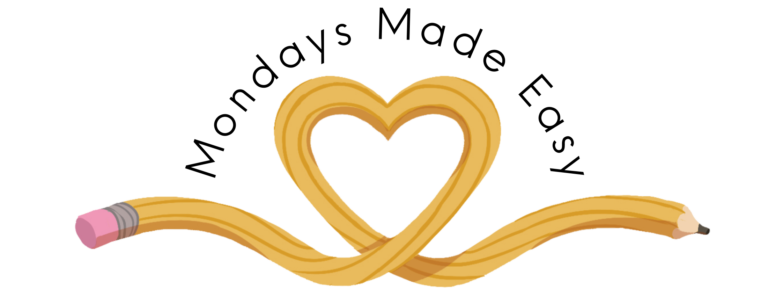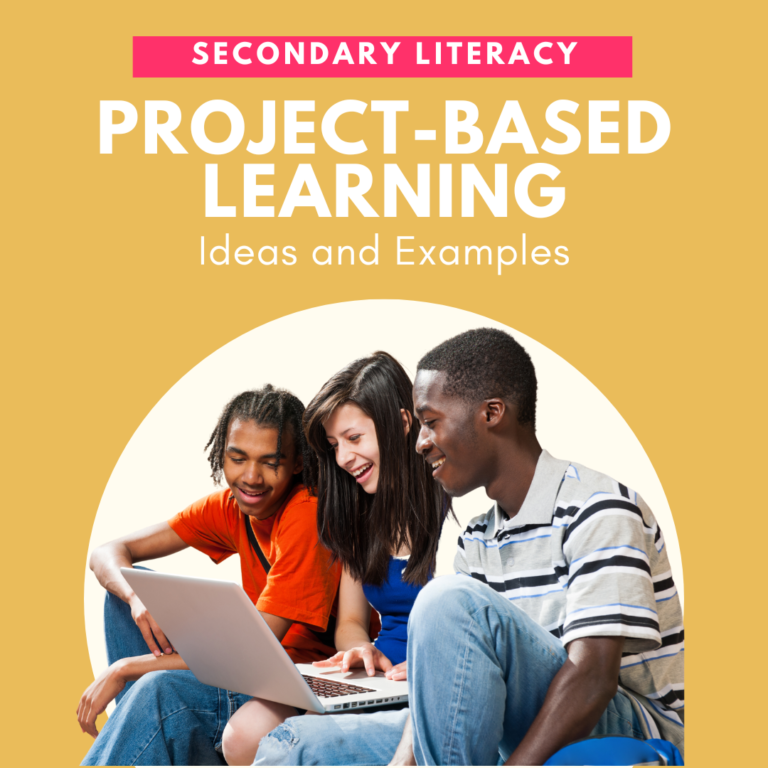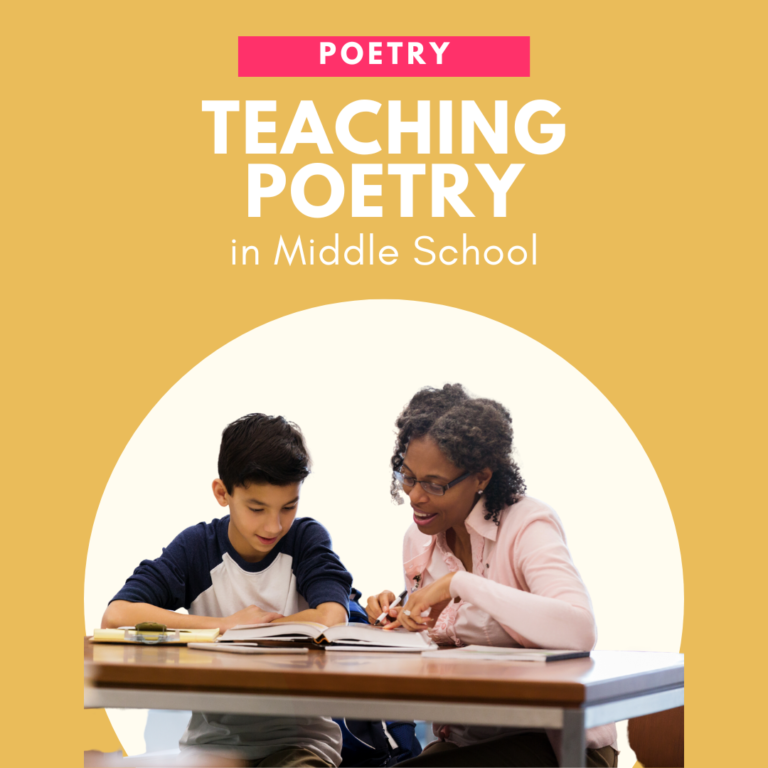Most educators can agree that media literacy is important. Students are exposed to several forms of media in our modern world. With the strong impact of social media on students’ grasp of current events, distinguishing trustworthy sources from misinformation is crucial. Media literacy serves as the key that provides individuals with the necessary tools to navigate this intricate digital world effectively. It encourages responsible citizenship by giving students the power to critically assess, cross-reference, and even create their own media content. This is why media literacy might be the most essential skill for students in the 21st century.
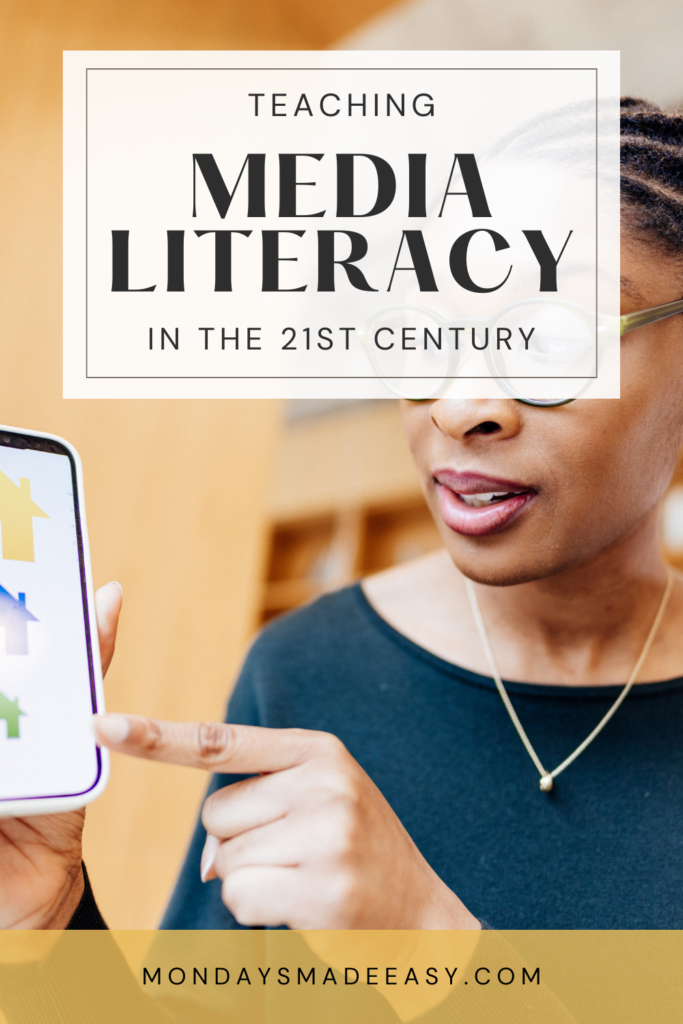
Why is Media Literacy Important for Students?
Many students spend a lot of their spare time consuming some form of mass media. It’s no secret that the media has become the main source of entertainment, information, and even social engagement. Teenagers are spending an average of 9 hours a day engaging with technology (and this number does not include technology used for education).
This level of engagement with technology is alarming, especially if you did not grow up on the internet. But as we all know, the internet isn’t going anywhere. With increased access to social media and digital transmission of knowledge, our students have instant access to mass information.
Of course, not everything our students read online is considered valid information. Students may not understand how media ownership, bias, and political affiliation influence the media they consume.
Therefore, it’s imperative that we prioritize media literacy education to empower our students with the critical skills they need to navigate this digital landscape effectively and discern credible information from the vast sea of online content.
What is Media Literacy?
Media literacy is the ability to interpret various forms of media and understand the message communicated by each media form. The fundamentals of media literacy involve comprehending information presented in different forms of graphic texts (flow charts, infographics, statistical displays, etc.) Media literate readers must also be able to identify the information text features of particular media sources, including headlines, cross-references, publication dates, and citations.
Once readers have mastered these fundamental skills, the next level of media literacy involves critical thinking: readers must also think critically about information and its purpose. This critical analysis involves asking a number of questions, including:
- Who is the source of this information?
- What is the intention of sharing this information?
- Where has the source gathered the information?
- Is this secondary source trustworthy?
- What bias might this source hold?
- What is the context in which this information was published?
- Who is the intended audience of this information?
Only when readers instinctively consider these questions – and successfully answer them – can they begin to read media with fluency.
What is the Impact of Media Literacy?
I originally wrote this blog post in August of 2020. That year, our students witnessed the most significant global pandemic of the century. COVID-19 had led to inevitable school closures and social distancing measures. It also had less foreseeable outcomes, including economic and social turmoil.
2020 was a year of political riots, grassroots movements, record-breaking losses on the stock market, and general weariness of what the future will hold. The media’s impact on these events is undeniable. While it may not have created the coronavirus, it was instrumental in spreading information about it – along with fear, anxiety, and a fair bit of false information.
What we experienced was not just a pandemic, but what has come to be known as an infodemic. An infodemic is a surplus of information that has provided the public with more content than they can process.
I am revisiting this blog post in October of 2023, at a time when ongoing conflict in the Middle East has given rise to a multitude of divergent opinions, shrouded in the fog of war.
We are once again faced with a wide range of perspectives and opinions, along with a fair share of misinformation flooding social media. Students require the ability to think critically and fact check the plethora of information that they may be encountering.
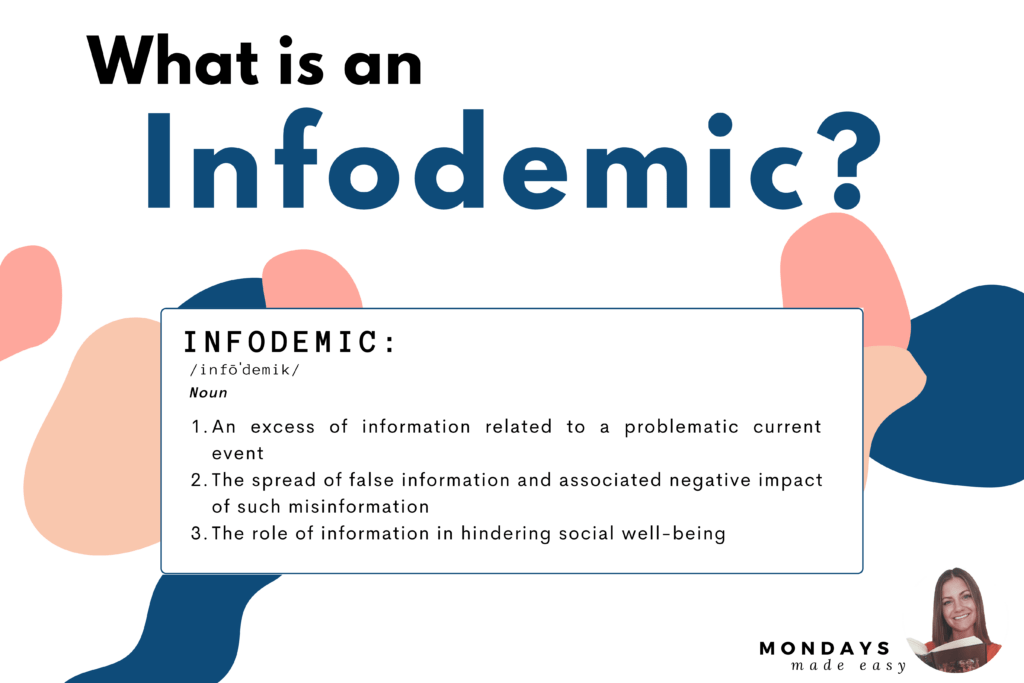
How Does Social Media Affect Literacy?
The coronavirus pandemic has demonstrated the power of news broadcasting. Similarly, the spread of social justice movements and grassroots campaigns online have illustrated the power of social media: engagement on sites like Instagram and TikTok prove to be the driving force for social unrest.
Social media offers a platform for common people to voice their experiences and concerns. For their audiences, these outlets are especially distinct for their ability to document and distribute information instantaneously. In an attempt to amplify those who have been using social media to seek justice, some have asked users to abstain from using these platforms to share about their social lives. This shift away from the intended use of social media has many people envisioning a more liberal form of media distribution and consumption.
But the reality is that media ownership is far from within reach of the general public. While it may seem that platforms like Instagram and Twitter are free forums, it is important to consider the algorithms and other filters that impact the distribution of social media. The majority of media is owned by a handful of corporations.
Students must consider ownership when confronted with any form of media. When they take this into consideration, they can begin to recognize bias and instinctively search for more context. These skills can help them navigate social media literately.
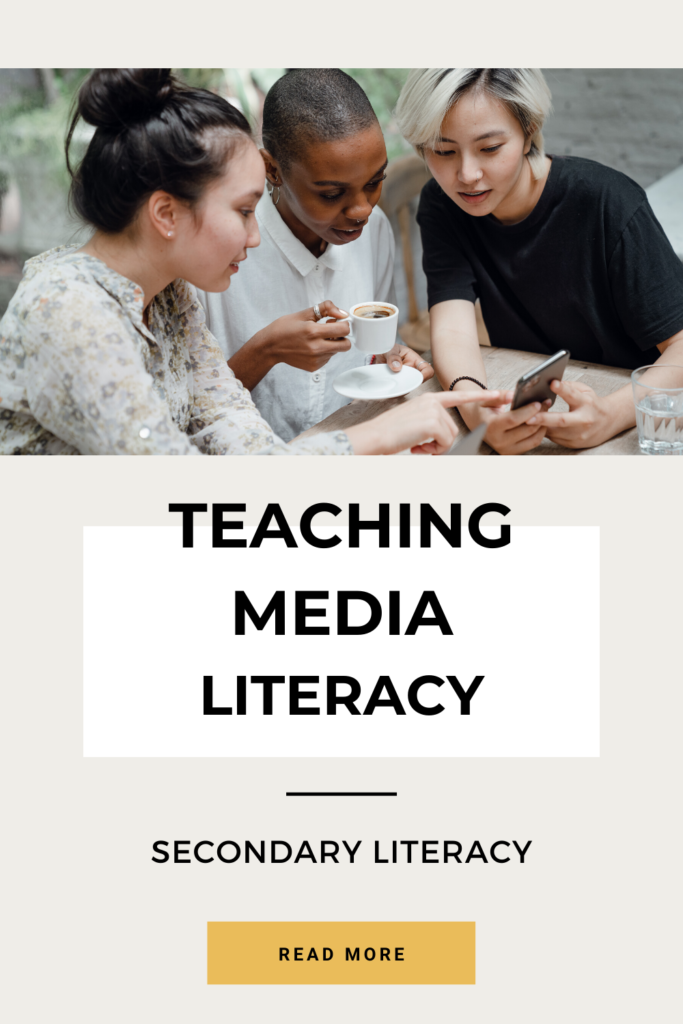
Examples of Media Literacy in the Classroom:
There are so many opportunities to build a media literacy program within your current framework. Here are some great resources to support media literacy in your classroom:
- TED-Ed Lessons: TED-Ed offers a collection of videos and articles that cater to students of all ages. Some of my favourite lessons include “How False News Can Spread,” “The Key to Media’s Hidden Codes,” and “Factchecking 101.”
- Common Sense Media: This non-profit organization hosts a wealth of knowledge catered to parents and advocates. Their website offers suggestions for the best books, apps, streaming services, and other media sources for kids. They also provide research, professional development, and educational resources for teachers.
- CrashCourse: In understanding the complexity of media literacy, CrashCourse has created a whole series of educational YouTube videos on this topic. This series explores important subtopics of media literacy, including Media Ownership and Online Advertisement.
- TeachersPayTeachers: Several teacher-authors have developed engaging activities to tackle media literacy in your classroom. I particularly love the resources offered from 2 Peas and a Dog, which cover a wide range of media literacy topics including Consumer Awareness and Advertising. Mondays Made Easy also offers a media literacy worksheet that can be used to analyze any media source. This resource can also be found in my Free Resource Library.
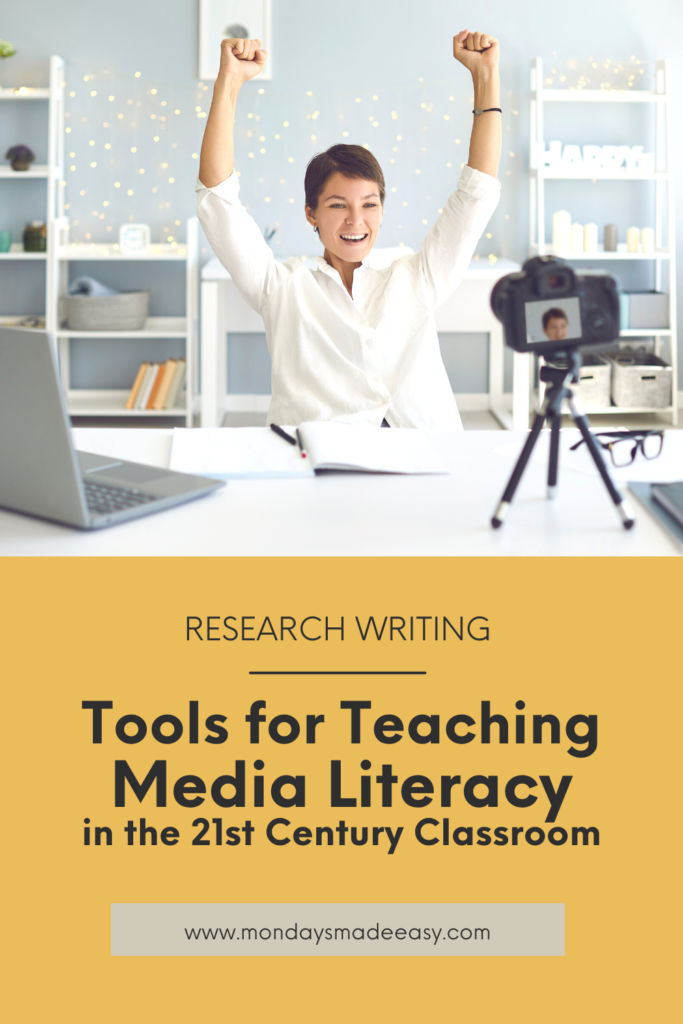
If you’ve made it this far, thank you for expressing interest in the importance of media literacy. Teaching media literacy can be challenging, but it is a subject that our students are sure to engage with and benefit from.
